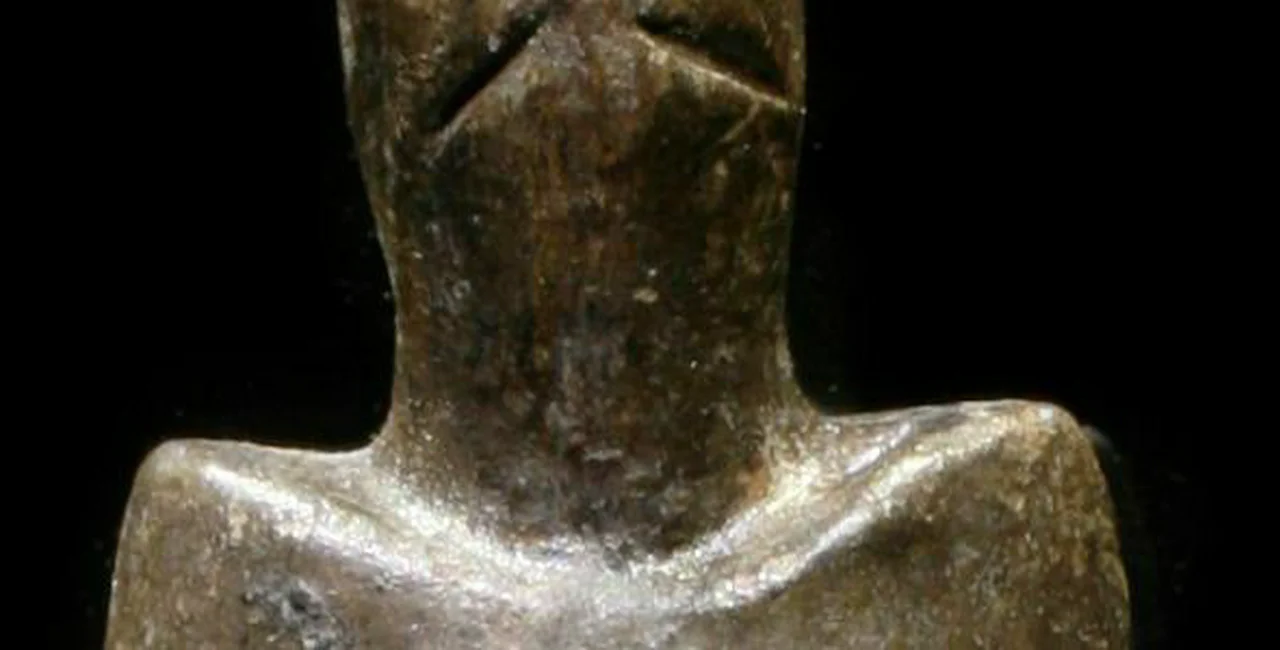The Věstonice Venus, a palaeolithic-era clay figurine that was discovered by archeologists in the Moravian town of Dolní Věstonice in 1925, will leave Brno’s Moravian Museum today for an x-ray center where it will be scanned by Czech researchers hoping to discover more about its composition, reports iDnes.
The diminutive statuette, which has been dated to 29,000–25,000 BCE will receive a police escort to the site.
“We want to find out, what exactly it is composed of and how it was made. Exploration will take 10 to 12 hours and throughout our curator will be present,” Deputy General Director of the museum Eva Pánková told the local press.
Three-dimensional x-ray microtomography will be used to determine the presence of mammoth bones or other substances.
Measuring 111 millimetres (4.4 in), with a width of 43 millimetres (1.7 in), it is thought that the figure was a fertility symbol or possibly a talisman to protect women during childbirth and pregnancy.












 Reading time: 1 minute
Reading time: 1 minute 





















